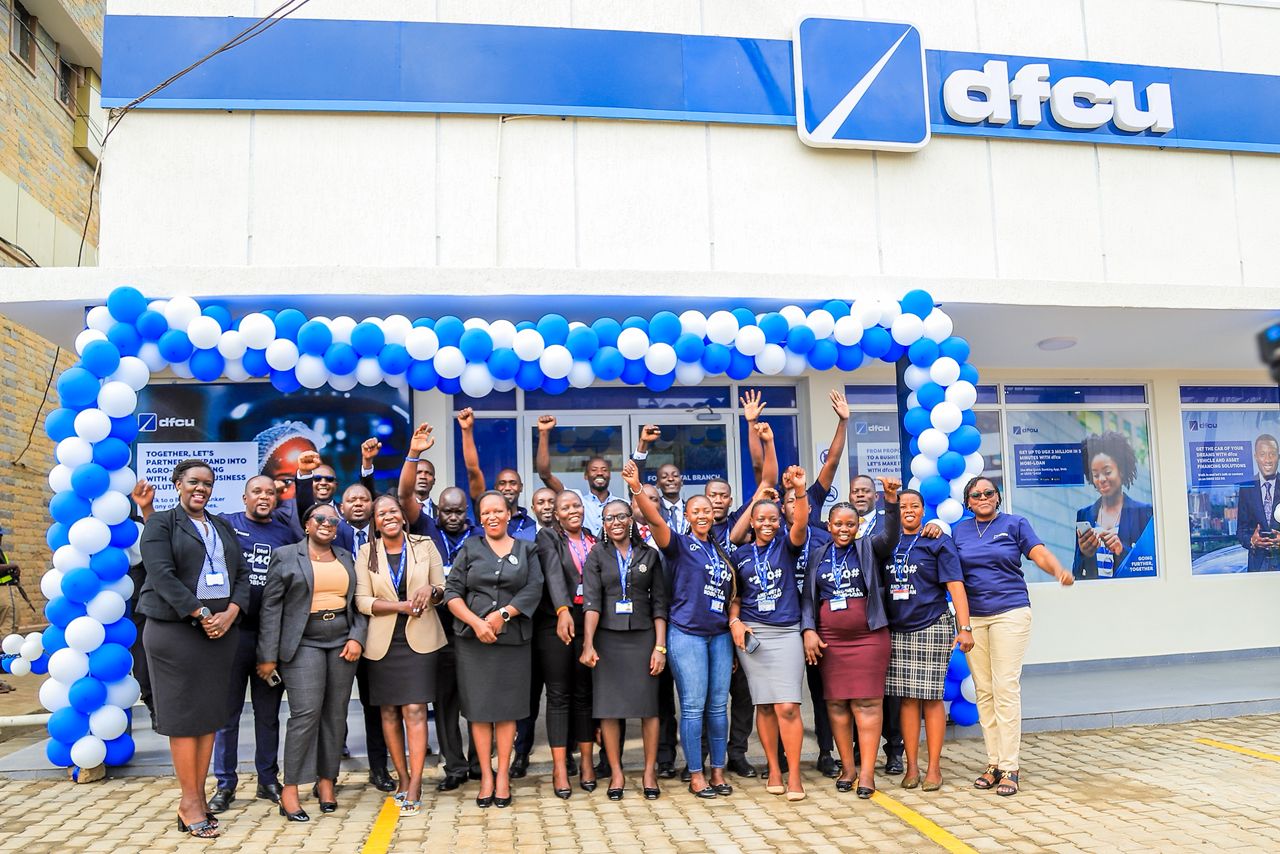NSSF registers 15% income growth
The Fund's Assets Under Management (AUM) increased from Shs17.26 trillion in Financial Year 2021/22 to Shs18.56 trillion in Financial Year 2023/24.

The National Social Security Fund (NSSF) has reported a 15% revenue growth surging from Shs1.9 trillion in FY 2022/23 to Shs2.2 trillion by close of financial year ended June 30, 2023.
Addressing the media at the NSSF annual media round table, the Fund’s Managing Director Patrick Ayota attributed the good performance to earnings from interest and dividend income and the fund’s real estate investments.
“Our investment portfolio mix is predominantly skewed towards fixed income, which is in line with our overall modest risk profile. As of June 30, 2023, the following was our investment mix. Equities at 12.5%, Real Estate at 9.01% and Fixed Income at 78.48%,” he said.
The Fund’s Assets Under Management (AUM) increased from Shs17.26 trillion in Financial Year 2021/22 to Shs18.56 trillion in Financial Year 2023/24.
Ayota noted that with the current asset base, they project that the strategic goal of growing the AUM of Shs20 Trillion by 2025 will be achieved by June 30, 2024, one year ahead of schedule.
Member contributions increased from Shs1.49 trillion in Financial Year 2021/22 to Shs1.72 trillion in Financial Year 2022/23.
Benefits paid to qualifying members increased from Shs1.19 trillion in the Financial Year 2021/22 to Shs1.202 trillion in the Financial Year 2022/23. The numbers of qualifying members were over 46,000.
“Although we are behind this target, we are confident that once we achieve 100% stabilisation of the new Pension Administration System (PAS), and members’ uptake of self-service channels improves, we will move closer to achieving this objective,” he said.
He added, “Ten years ago, we committed to pay NSSF members a real return – at least 2 percentage points above the 10-year rate of inflation. We have consistently delivered on the promise and will continue to do so. I am therefore extremely confident that the Fund will pay a competitive interest rate for the Financial Year 2022/23.”
Customer satisfaction remained flat at 86% compared to the previous Financial Year whereas staff satisfaction declined to 86% compared to 93% in the previous Financial Year.
“The performance on customer and staff satisfaction reflects the challenges the Fund went through in the 2nd half of the year. However, we are confident that given the continuity and stability going forward, these strategic objectives are within reach,” he explained.
According to Ayota, the investment environment in Uganda and the broader region posed notable challenges during the Financial Year 2022/23.
He noted that despite inflation being well-managed, several factors, including the decline in stock market values in Kenya and Uganda, the strengthening of the Uganda Shilling against regional currencies, and the decrease in long-term bond interest rates, collectively contributed to a subdued market atmosphere.
“The stock markets witnessed a decline in prices, with the following notable decreases: Uganda Securities Exchange Local Index: A decline of 11.47%, Nairobi Stock Exchange All Share Index: A significant drop of 14.04%, Tanzania Stock Exchange Share Index: A decrease of 4.02% and Rwanda Stock Exchange Share Index: A modest decline of 2.27%,” he revealed.
The UGX appreciated significantly, notably against the Kenyan Shilling (KES), appreciating by 22.2%. Conversely, it depreciated by 16.4% against the Rwandan Franc (RWF). It also exhibited a 5.2% depreciation against the Tanzanian Shilling (TZS). Against the US Dollar (USD), the UGX experienced a more modest depreciation of 2.6%.
Ayota said that while their performance remains strong and the Fund is a profitable institution, in some years, they will experience some volatility because the strategic focus is on the long-term sustainability of the Fund.
“Our new “Vision 2035″ is the bedrock of our long-term strategic focus– where we want to grow the Fund to Shs50 trillion, cover at least 50% of the working population, and achieve 95% and both customer satisfaction and staff engagement,” he said.







